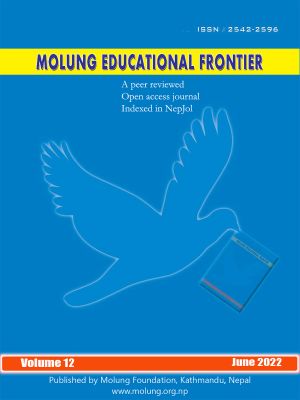Labour Migration in Nepal: Policy, Institutions, and Governance
DOI:
https://doi.org/10.3126/mef.v12i01.45922Keywords:
governance, labor migration, Nepal, colonial legacy, neoliberalismAbstract
The annual reports of the Commission for the Investigation of Abuse of Authority (CIAA) point out that complaints related to the education sector for financial misuses occupy the largest share consistently in the past few years. Nepal's labor migration has a colonial connection, although the country never experienced its direct invasion. Due to the historical legacy of the British India Company as Lahure culture, India became the primary destination for Nepali unemployed youth. The decision of the youths to go abroad as labor was a strategy to escape from the potential threat, livelihood options, and get new country experience which ultimately became the major source to bring back remittance. Though low-skilled, foreign labor migration has been the major phenomenon for the country, which is now fully dependent on the remittance economy and counts for over one-fourth of the total national income. The phenomenon of female migration is not still through a formal channel to major destination countries. Due to it, there is a greater room to choose illegal migration channels, and thus the scope of female migration is becoming more vulnerable. Nepal has undertaken several policy measures to overcome these anomalies. Although the implementation aspect is fragile to meet the ground reality, and from the notion of strategic intervention, it is necessary to revisit the policy measures to make foreign labor migration safe, secure, and informed choice based.
Downloads
Downloads
Published
How to Cite
Issue
Section
License
© Molung Foundation




